LHSC 150: Celebrating 150 years of great care, teaching, and research
For 150 years, London Health Sciences Centre (LHSC) has been a leader in health care, teaching, and research. Generations of patients have placed their trust in our care, while our medical teams, researchers, and educators have pushed the boundaries of what's possible in health care. As we mark this milestone, we are excited to introduce 150 Moments, a collection of stories that will celebrate the defining achievements, great care, groundbreaking innovations, and remarkable individuals who have shaped our history and continue to drive us forward.
Learn more150 Moments
Celebrating the moments - big and small - that have defined LHSC's legacy
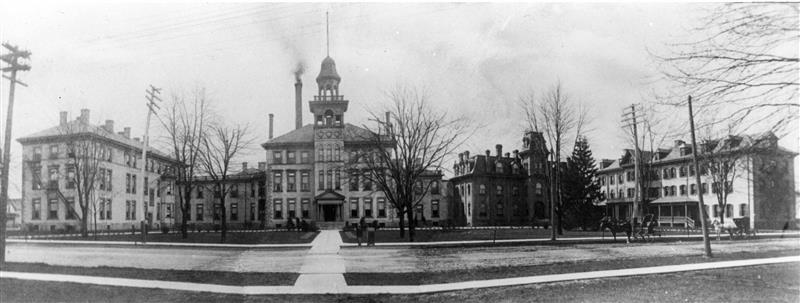
LHSC 150: Celebrating 150 years of great care, teaching, and research

Where it all began: The opening of London General Hospital
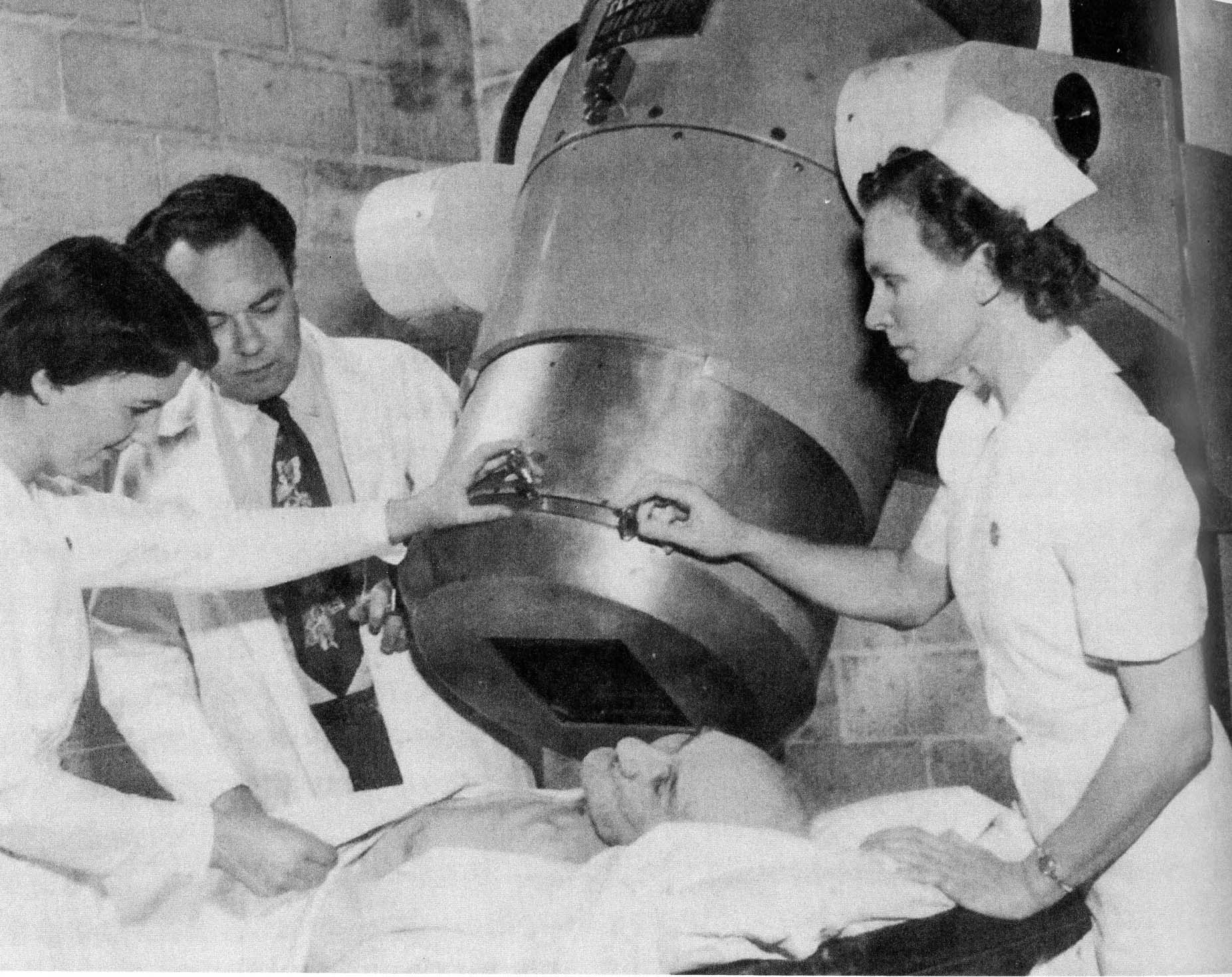
A legacy of innovation
Do you have an LHSC memory to share?
Submit your LHSC story today150 Years of Care and Innovation
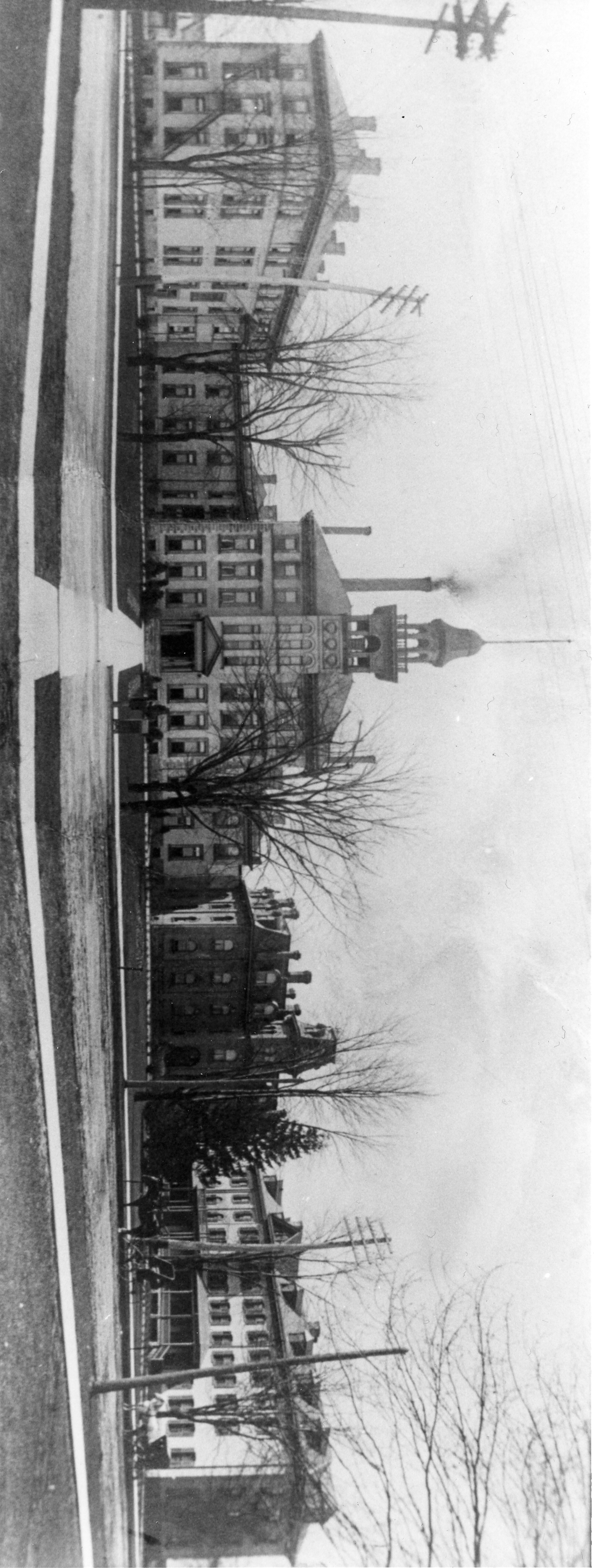
The beginning: London General Hospital opens
LHSC's roots trace back to 1875 with the opening of London General Hospital on Ottoway Avenue, now South Street. From its earliest days, the hospital set a foundation for innovation and advanced care.
1875
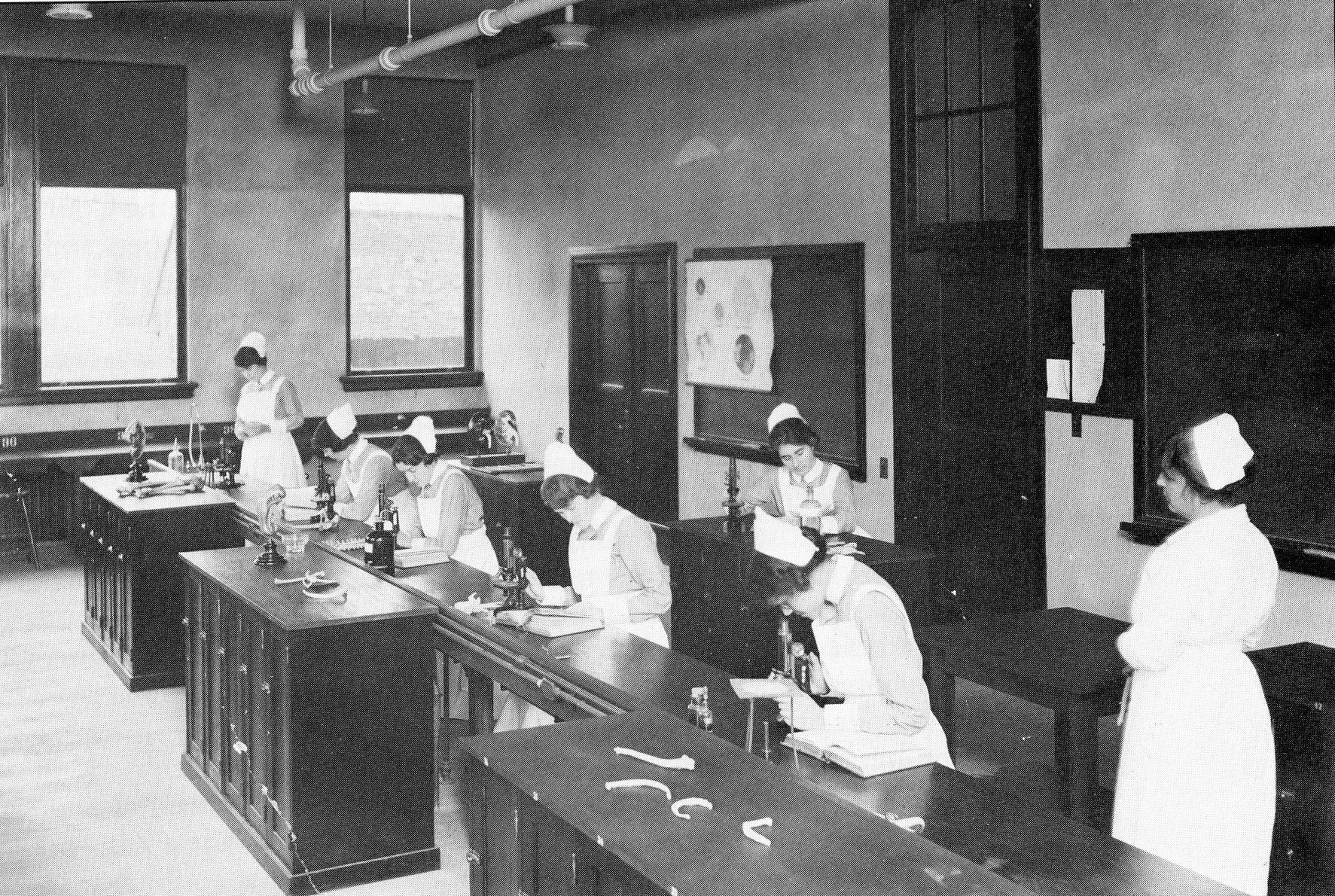
A teaching hospital from the start
LHSC's legacy as a teaching hospital began in 1882. Western University's Faculty of Medicine, then in a small frame house on St. James Street, grew rapidly, leading to expansions in 1887, 1921, and eventually relocating to the university campus in 1965. This early partnership laid the groundwork for LHSC's ongoing role as a leader in medical education.
1882

One of Canada's first nursing schools
In 1883, London General Training School for Nurses opened with just three students who lived in the hospital until the first Nurses' Residence was built in 1905. After a fire, the Gartshore Nurses' Residence was rebuilt on South Street and officially opened in 1927. Nursing education in London transitioned to Fanshawe College in 1975 and became an integrated program with Western University in 2001.
1883

Victoria Hospital is born
On November 16, 1899, thousands of Londoners gathered onto South Street to celebrate the grand opening of Victoria Hospital, an addition to London General Hospital. Named in honour of Queen Victoria's 60th year on the throne, Victoria Hospital occupied nearly an entire city block and its distinctive bell tower became a local landmark. An addition to the north side, completed in 1941, further expanded the facility.
1899


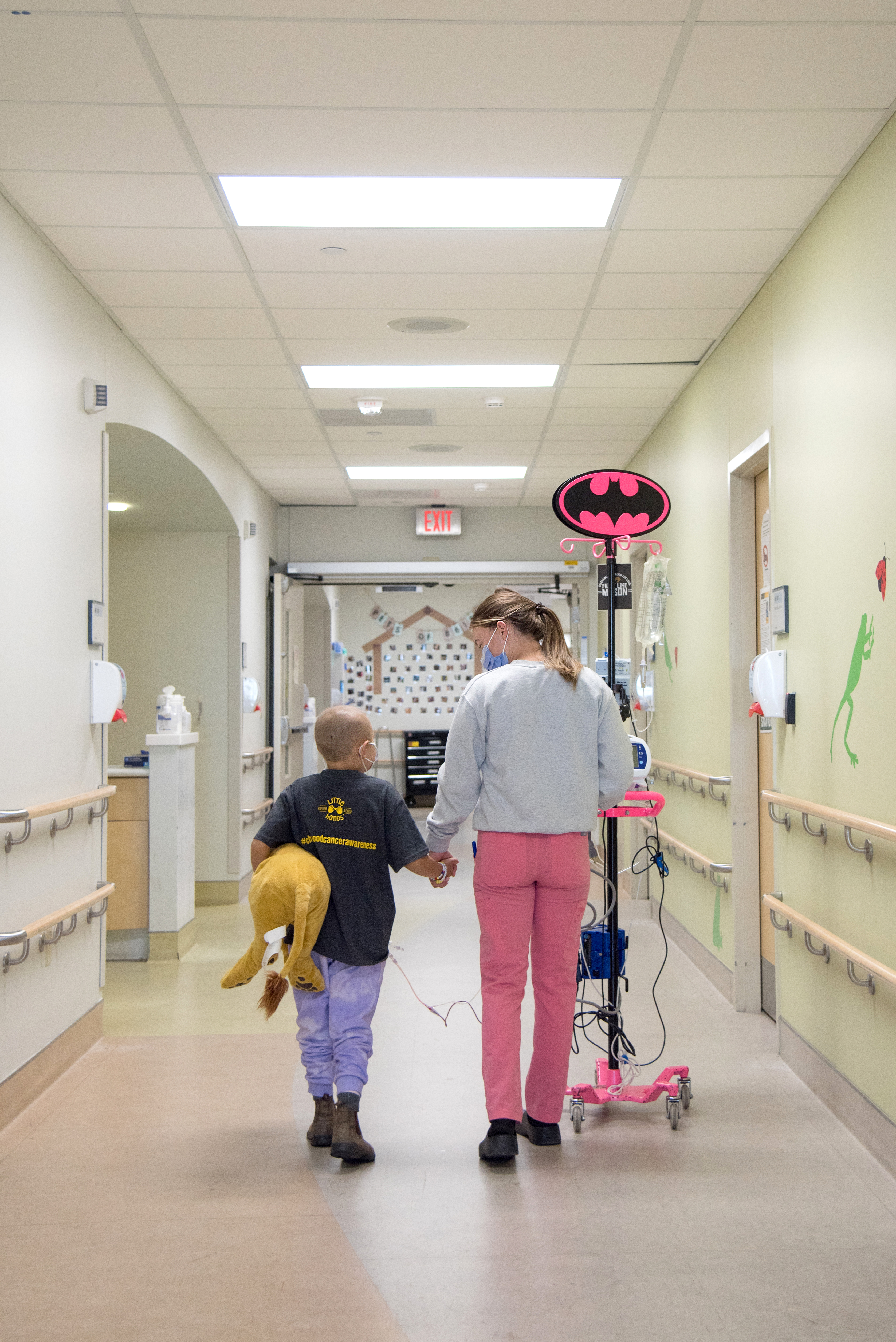
A century of children's care
In 1900, the Children's Pavilion opened at Victoria Hospital, followed by the War Memorial Children's Hospital in 1923 made possible by the National Council of Women. In 1985, paediatric care moved to the Westminster site, becoming the Children's Hospital of Western Ontario (now known as Children's Hospital at LHSC).
1900
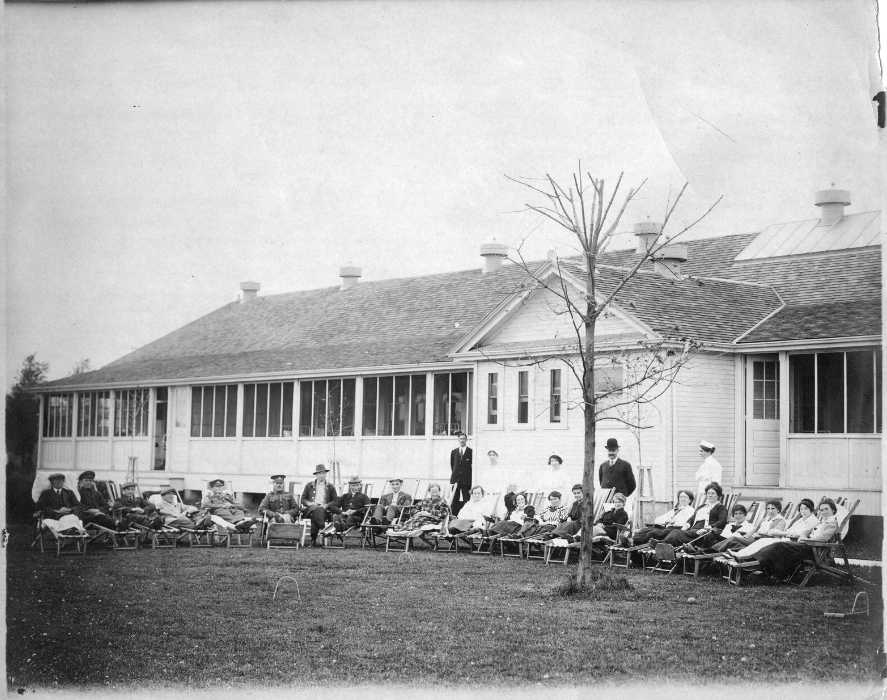
Queen Alexandra Sanatorium: Treating tuberculosis in London
In the early 20th century, tuberculosis emerged as a serious health crisis and London responded with the Queen Alexandra Sanatorium, founded by Sir Adam Beck and the London Health Association. With space for 42 patients, the sanatorium served not only the City of London but also patients from Middlesex, St. Thomas, and Elgin County. Built on a high bluff overlooking the Thames River, the site at 600 Sanatorium Road is now home to the Child and Parent Resource Institute (CPRI).
1910
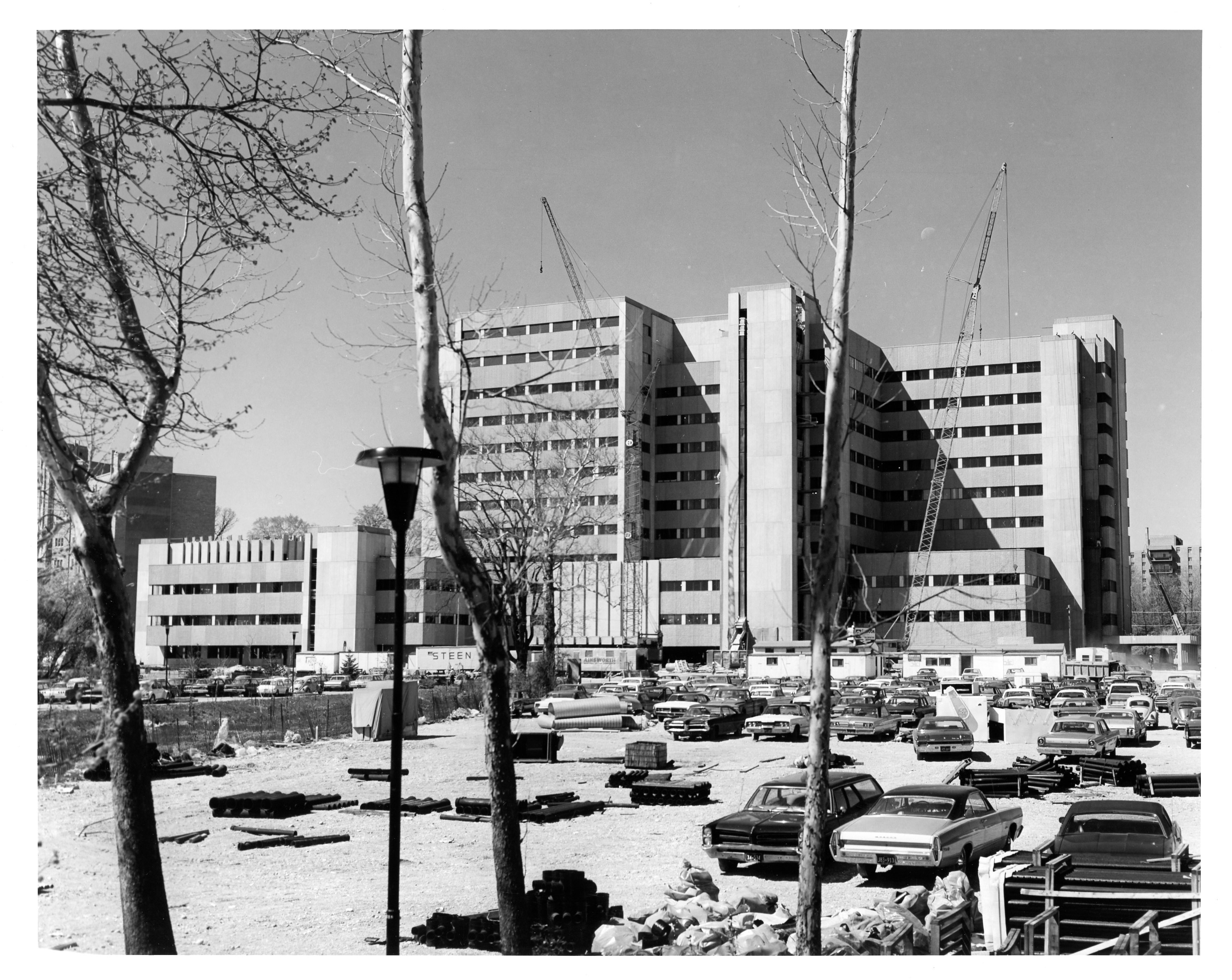
University Hospital opens
In September 1972, the London Health Association celebrated the official opening of University Hospital. It quickly gained national and global recognition as a leading hospital in neurosurgery, cardiac surgery, and organ transplantation.
1972
.CgPVkUtG.jpg)
Westminster Hospital joins Victoria Hospital
The land that is now home to Victoria Hospital was originally the site of Westminster Hospital, which opened in 1918 as a military hospital. Initially established to treat veterans with mental illness following World War I, it was officially named Westminster Hospital in 1929 and expanded to provide medical and surgical care to ex-service members. The hospital expanded during World War II to treat the sick and injured from nearby training camps. After the war, the focus returned to long-term and acute care for veterans with disabilities. In 1977, Westminster Hospital merged with Victoria Hospital, transferring staff, patients, and 80 acres of land—now home to LHSC's Victoria Hospital site, including what is known today as E Zone.
1977
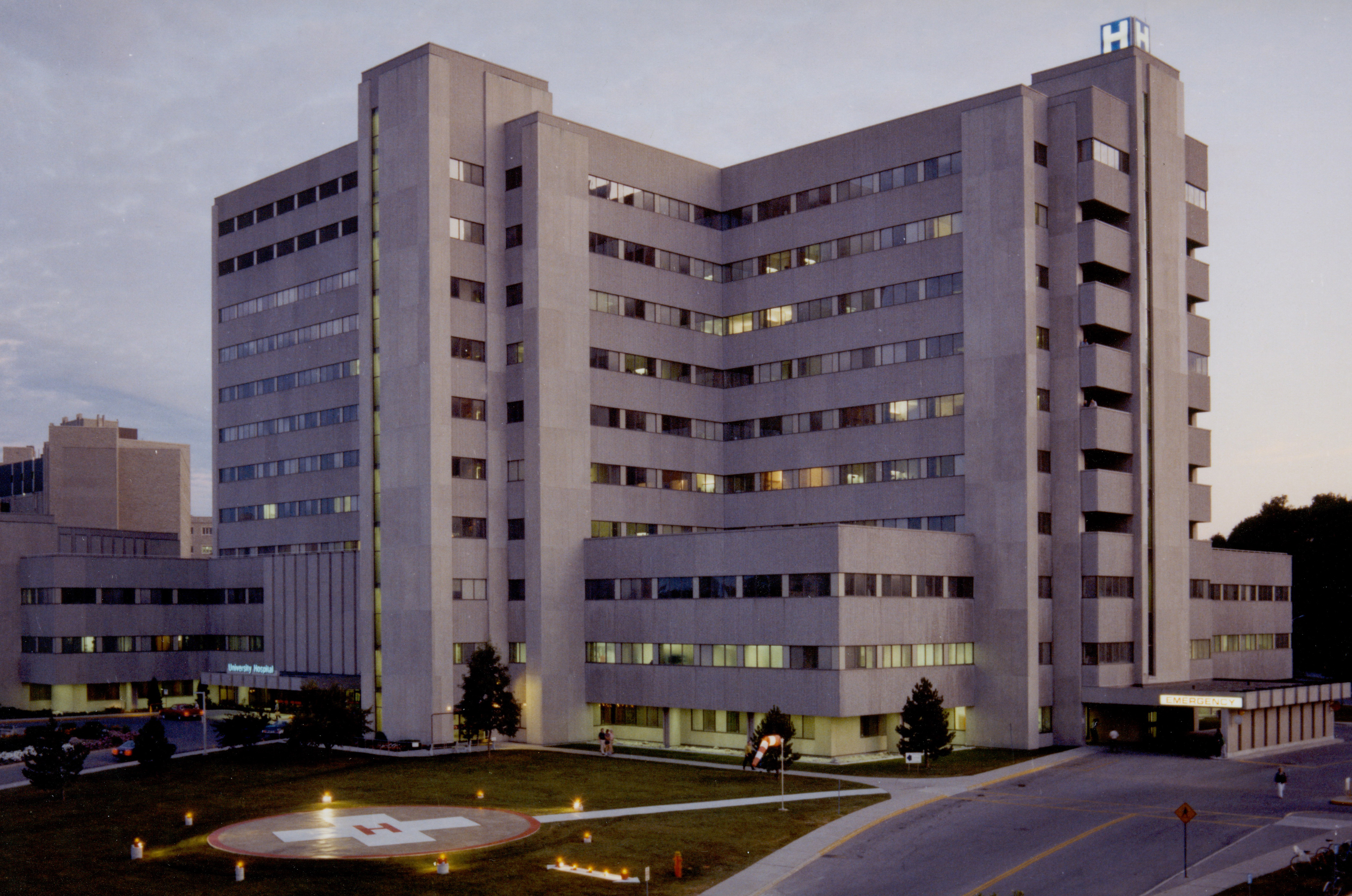
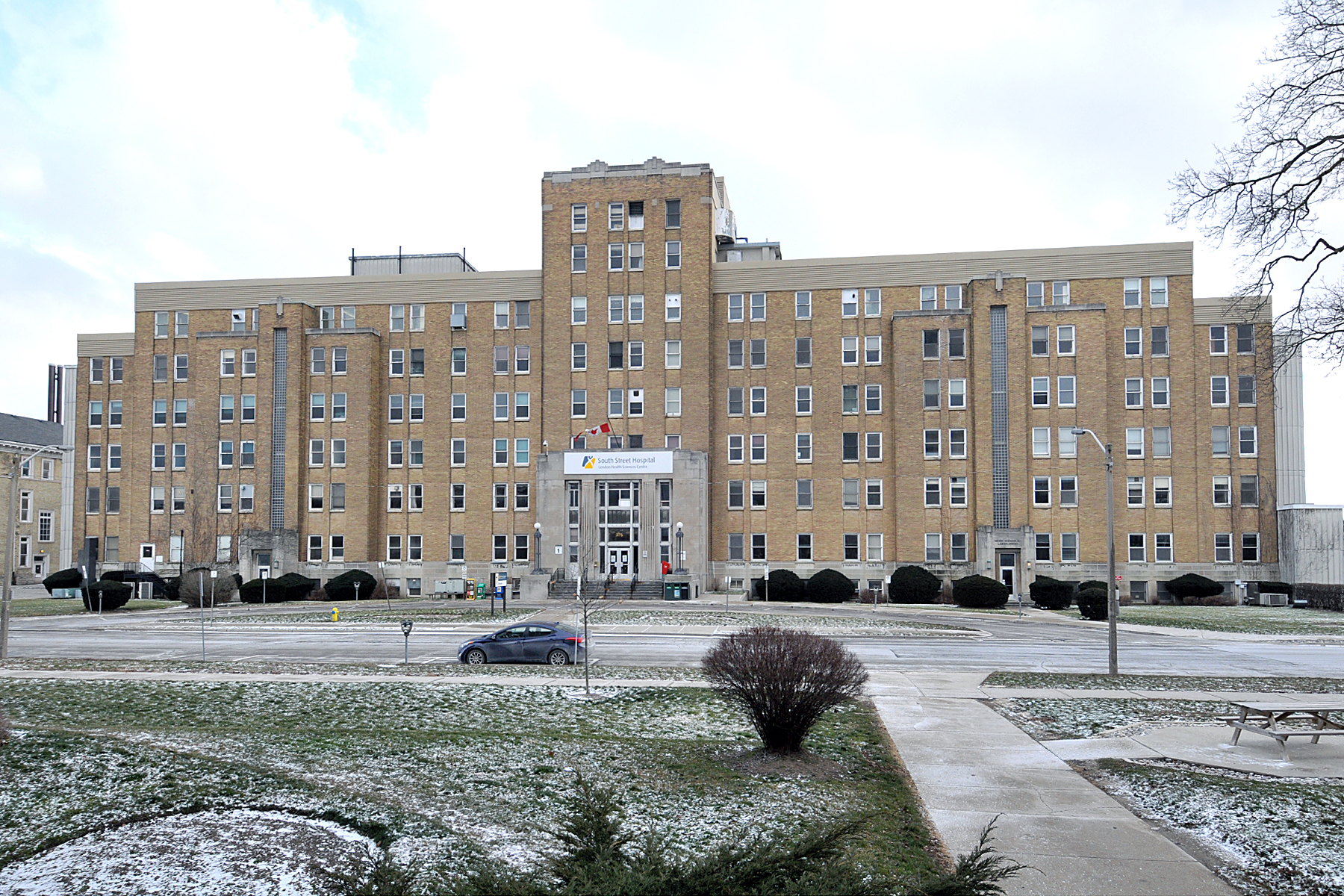
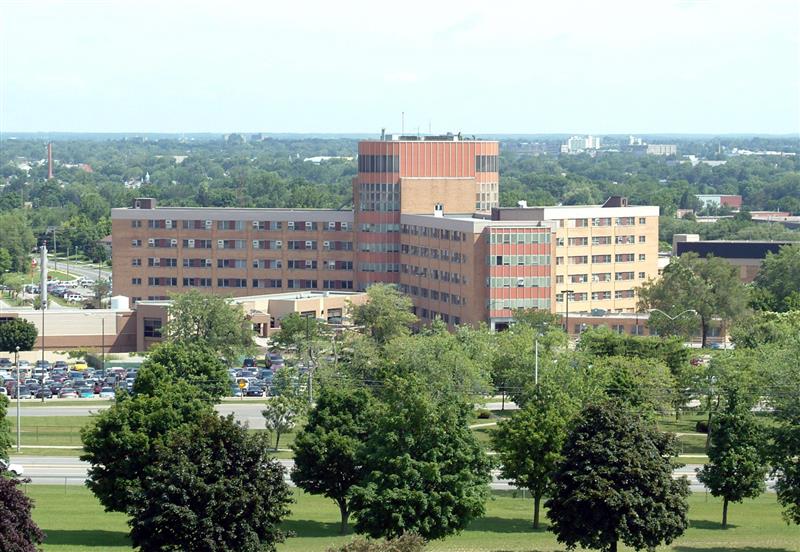
London's hospitals merge
As health care evolved, so did London's hospitals. In 1995, London Health Sciences Centre was born, merging University Hospital, Victoria Hospital, and the Children's Hospital of South Western Ontario (now Children's Hospital at LHSC). This transformation ensured a more integrated, patient-centered approach to care, strengthening London's position as a leading medical hub for care, teaching, and research.
1995
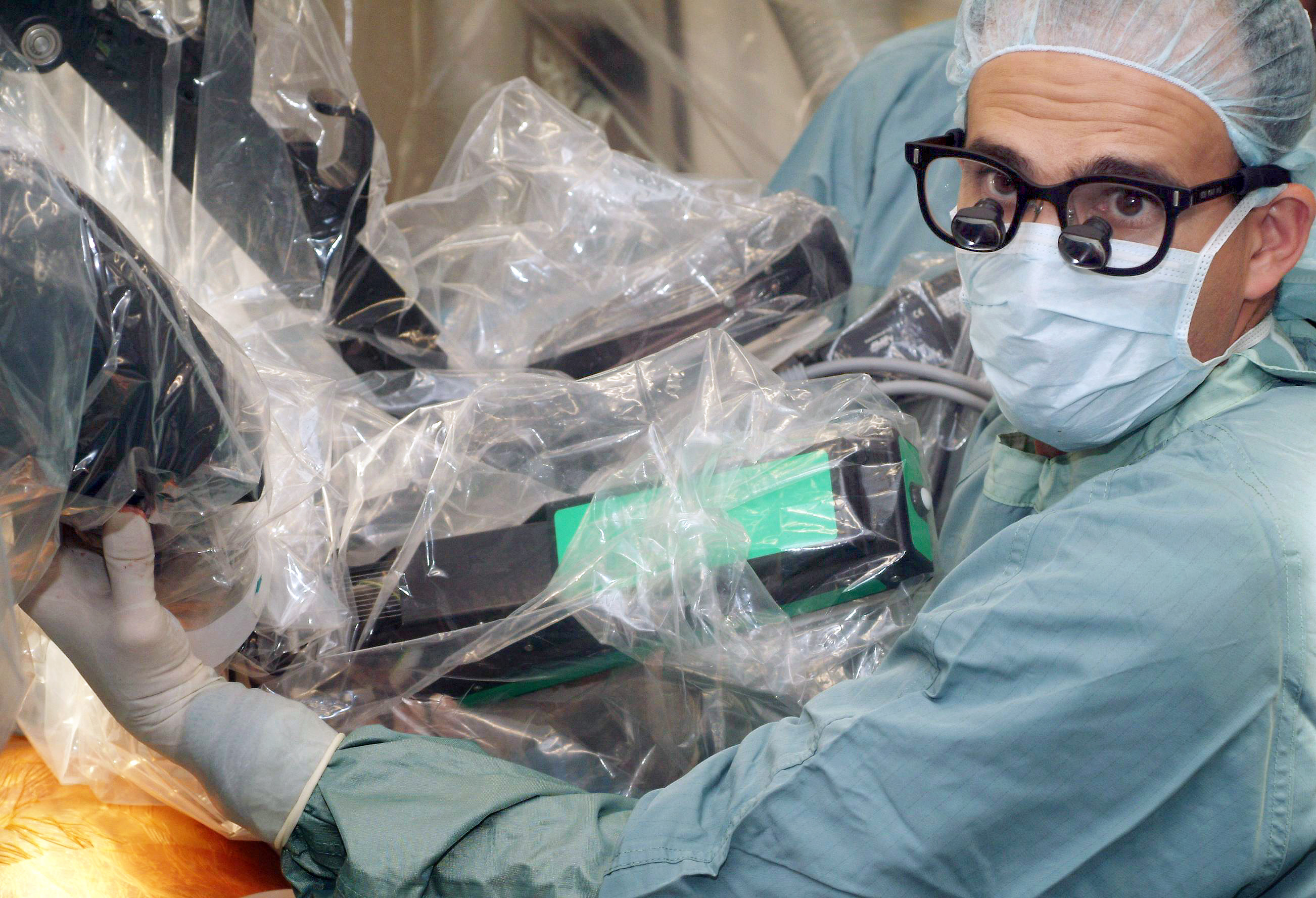
A bold vision for medical research
The Victoria Clinical Trials Centre is renamed London Health Sciences Centre Research Inc. and becomes a fully incorporated research institute overseeing all hospital-based research at London Health Sciences Centre sites: Victoria Hospital, University Hospital and South Street Hospital. This milestone set the stage for expanded research capabilities, eventually leading to the formation of Lawson Health Research Institute in partnership with St. Joseph's Health Care London in 2000.
1997

Growth in cancer care and environmental stewardship
The London Regional Cancer Centre integrated with LHSC, becoming the London Regional Cancer Program, now known as the Verspeeten Family Cancer Centre. LHSC also transferred 102 acres of the Western Counties Property to the City of London for conservation within the Westminster Ponds Environmentally Sensitive Area.
2004
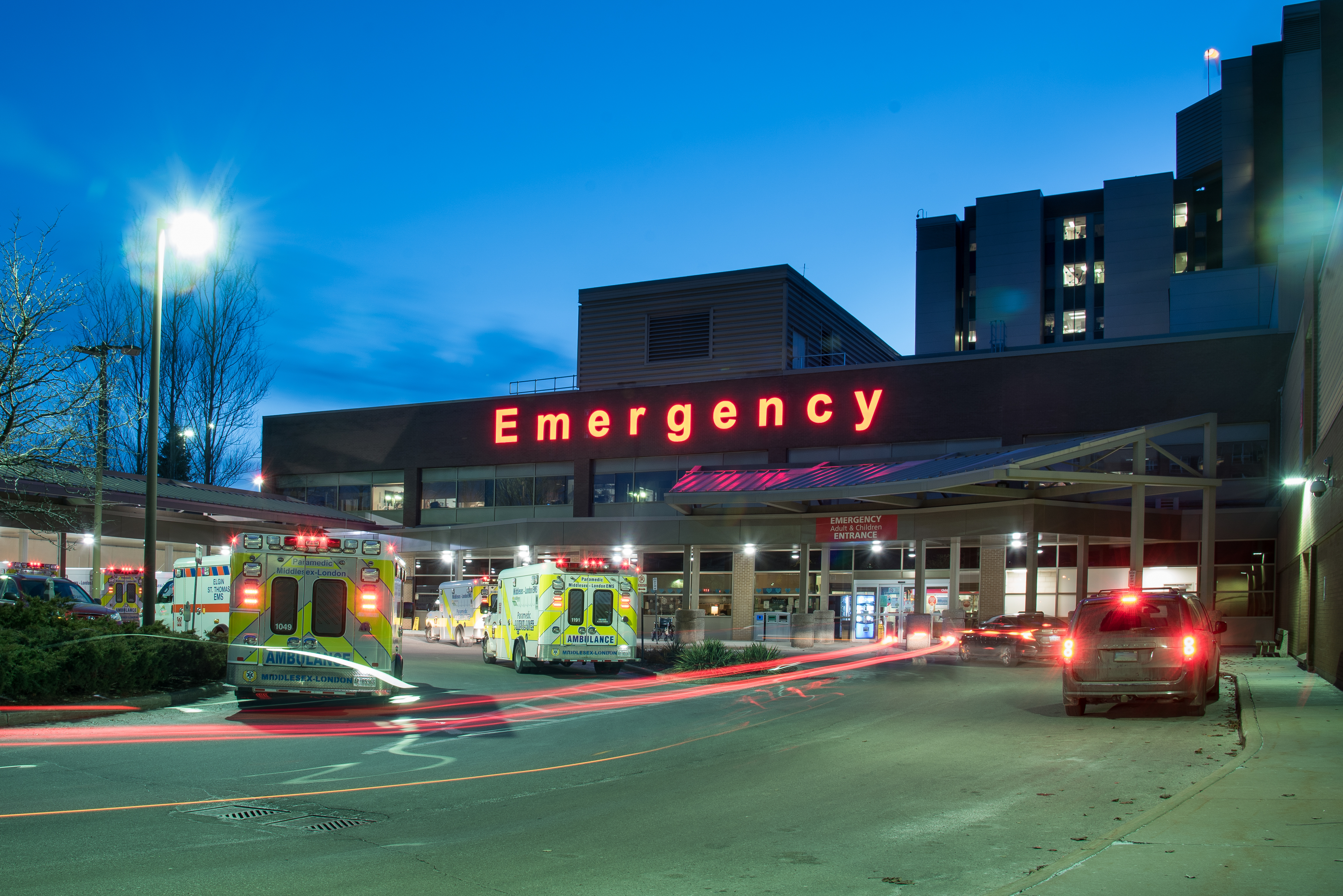
Adapting to meet community needs
To better reflect the current location of hospital services, LHSC adopted the site names South Street Hospital, University Hospital, and Victoria Hospital. That same year, the adult emergency department and inpatient beds for critical care, medicine, surgery, and cardiology patients were relocated from South Street Hospital to the new Victoria Hospital.
2005

A new home for Children's Hospital
In 2011, LHSC celebrated the official opening of the new state-of-the-art 10-storey north tower at Victoria Hospital, which now houses Children's Hospital and the Grace Donnelly Women's Health Pavilion.
2011
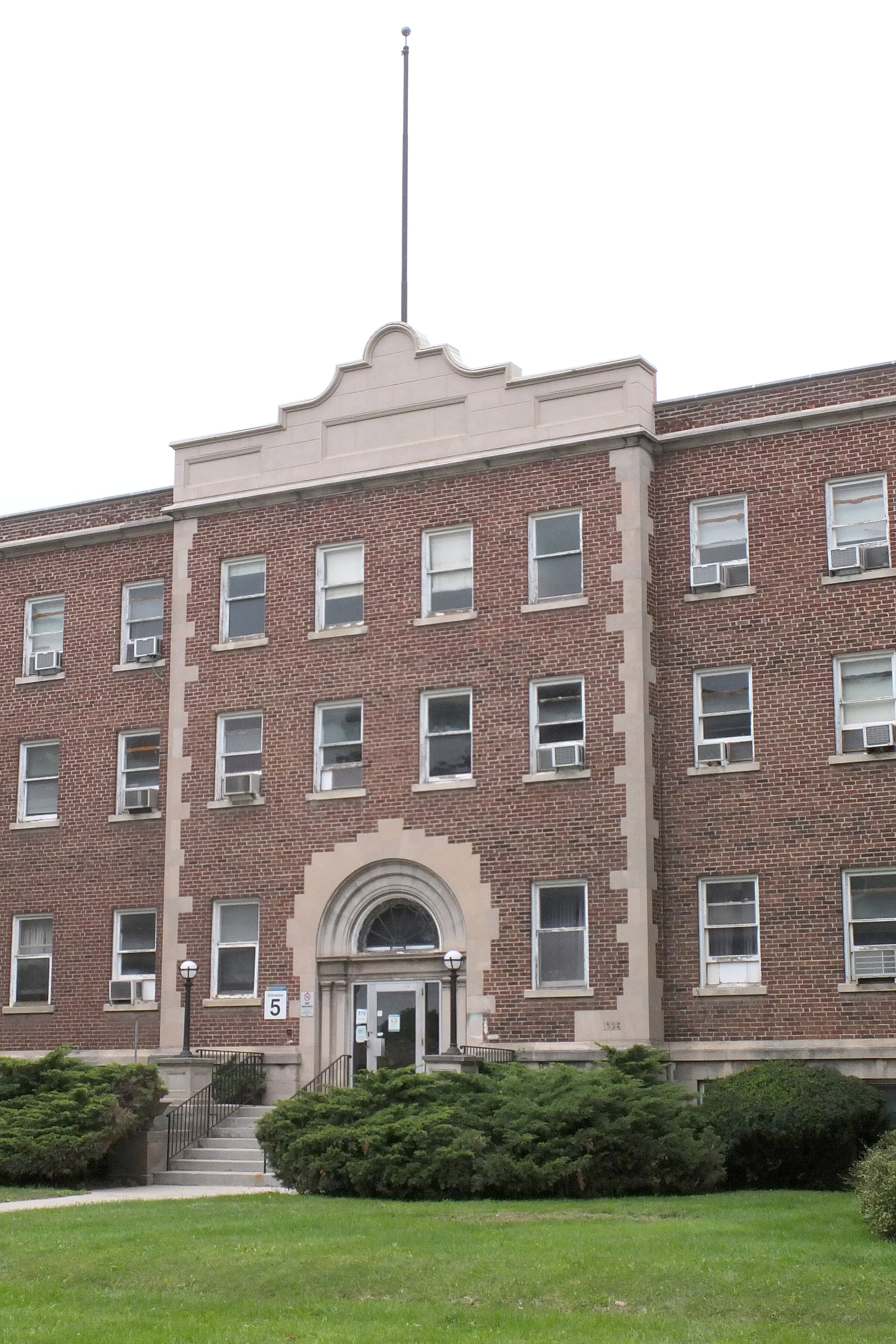
The closure of South Street Hospital
In 2013, the last patient care services at South Street Hospital were transferred to Victoria Hospital, marking the end of an era.
2013
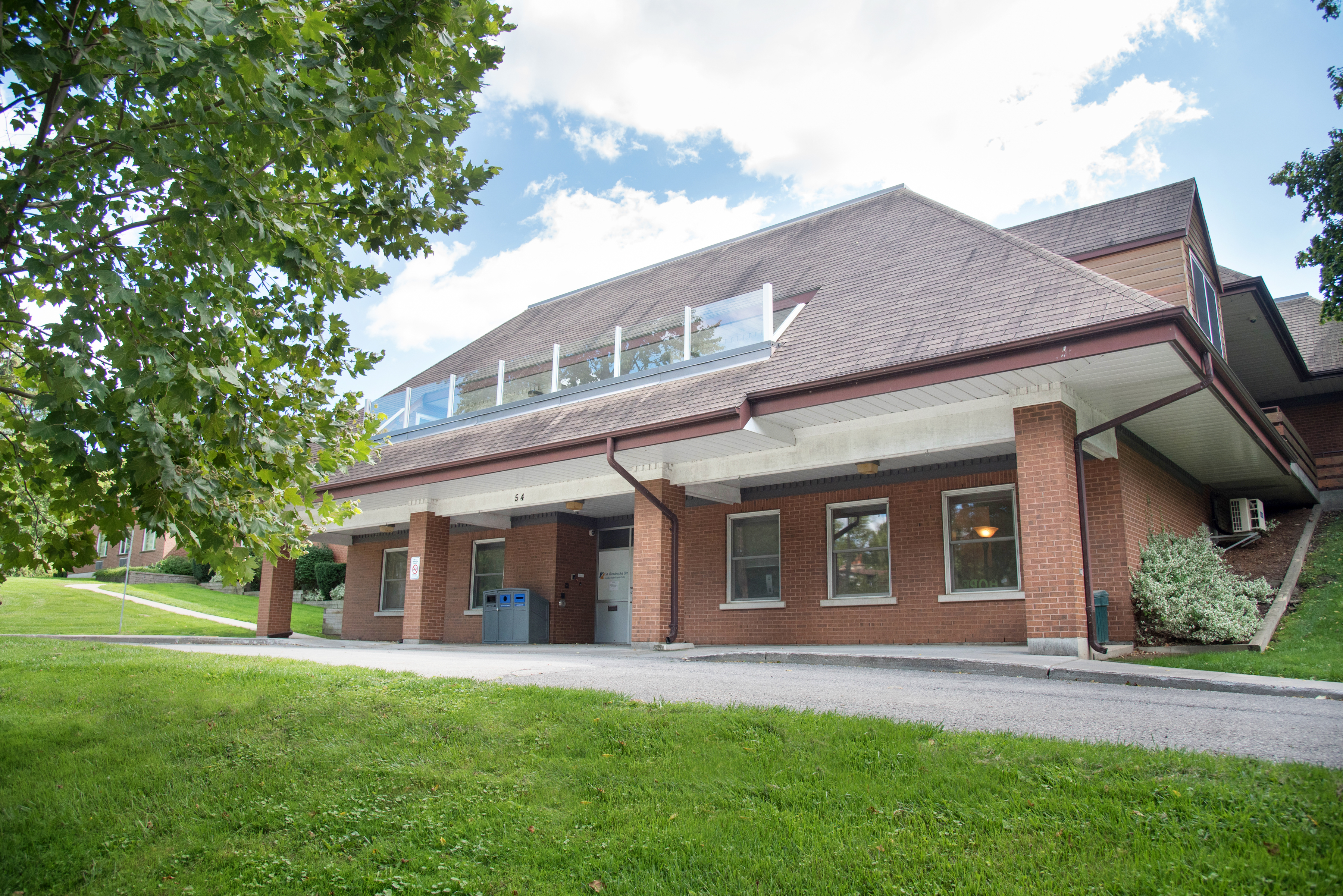
Strengthening care in the community
LHSC strengthened and further extended its provision of care in the community by opening the Kidney Care Centre in Westmount Shopping Centre. In 2014, LHSC also purchased the former Bethesda Centre at 54 Riverview Avenue, which became home to LHSC's Adult Eating Disorders Service, a partnership with the Canadian Mental Health Association (CMHA Middlesex), and LHSC's First Episode Mood and Anxiety Program (FEMAP). The Nazem Kadri Surgical Centre opened in 2020 as Ontario's first high-efficiency ambulatory surgical centre, further enhancing community-based care.
2014

.CK7Sr0Tn.jpg)
Rising to the challenge: The COVID-19 response
During the COVID-19 pandemic, LHSC adapted quickly to the evolving health crisis, prioritizing the safety of patients, staff, and the community. Through the rapid implementation of safety protocols, expanded capacity, and dedicated frontline care, LHSC played a critical role in the province's pandemic response. Beyond patient care, LHSC contributed to COVID-19 research, advancing knowledge on treatments and disease management. Working closely with health system partners across Ontario and Canada, LHSC provided support by receiving patient transfers from across the region, including as far away as Manitoba, ensuring those in need had access to life-saving care.
2020
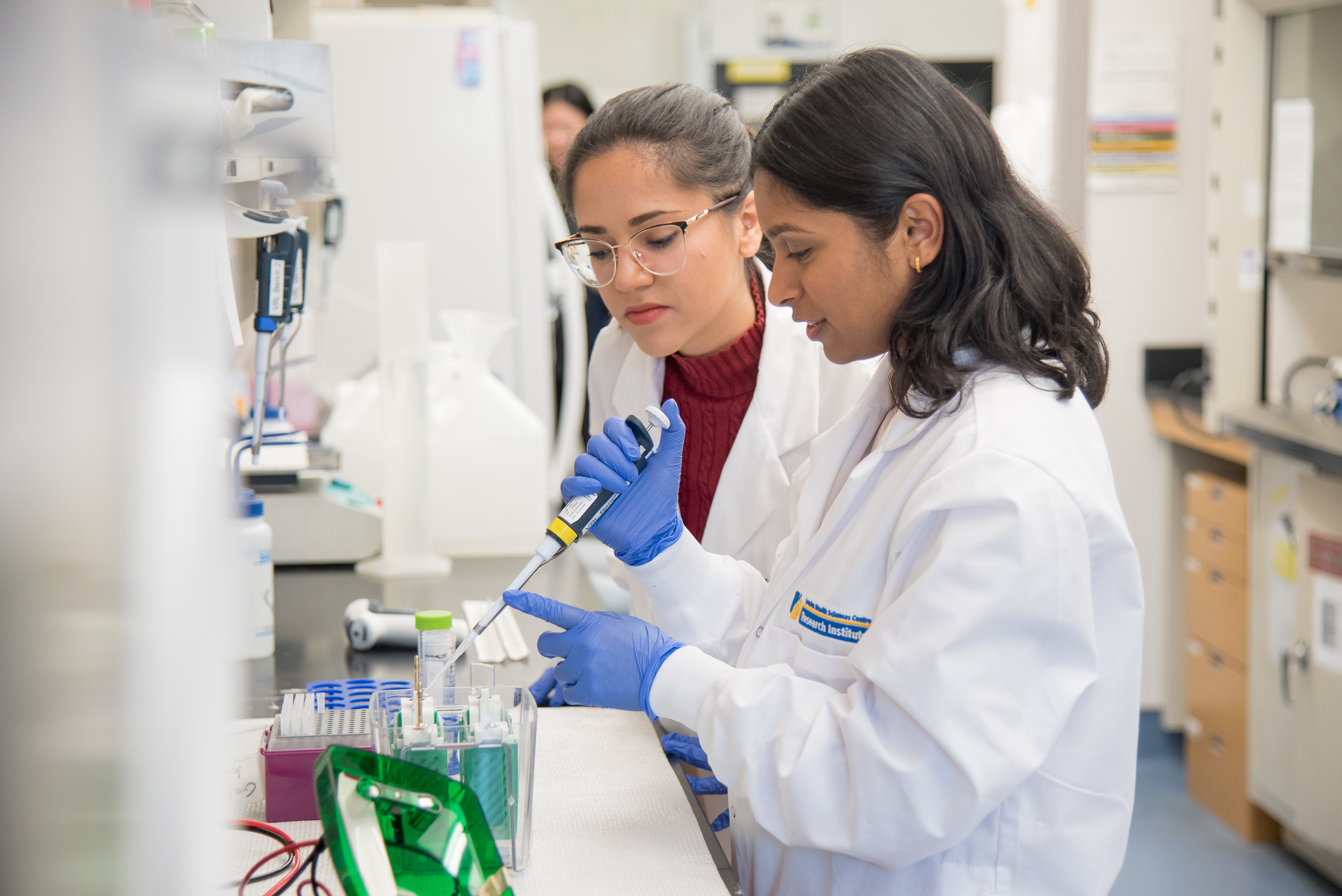
Launching LHSCRI
In 2024, LHSC launched its new research institute, London Health Sciences Centre Research Institute (LHSCRI). Aligned with LHSC's specialized adult and paediatric care programs, LHSCRI builds on a legacy of innovation, advancing science with a direct impact on patient care in Ontario, Canada, and beyond.
2024